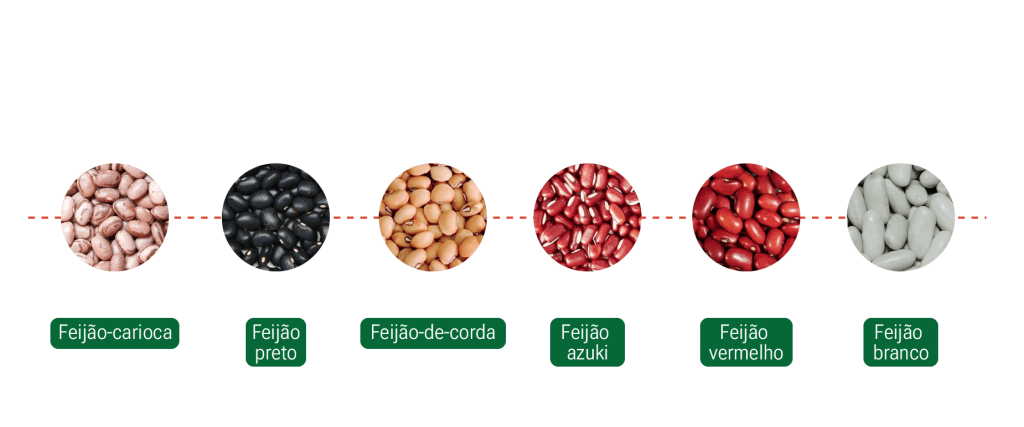Pulses are the future of food, and Brazil has a lot to contribute in the field since it is one of the world’s top common bean producers. This diverse and nutritious legume seed embodies Brazilian culture, being part of the most popular dish in the country: rice and beans.
Like any other pulse or legume, beans are low in fat, high in fiber, and are an incredible source of protein. Providing moderate amounts of iron, thiamin, and riboflavin can help reduce cholesterol, blood pressure, and diabetes and cardiovascular disease risk. With all these incredible attributes, beans are, in fact, a superfood.
In addition, the crops produce several substances that feed soil microbes and benefit soil health, generating a low carbon footprint. After crops are harvested, they leave nitrogen-rich residues that provide extra nutrients for the next crop to be grown.
Do you want to stay healthy and help the planet? Just start tasting some Brazilian beans!

Feijão carioca (brown common or pinto bean)
This is the beloved one, consumed in most parts of Brazilian territory, and served together with rice. The beige grain with brown stripes has a pleasant flavor and a thin skin. The seeds are tender and soft when cooked. Despite its name, it is not eaten by cariocas. In Rio de Janeiro, the most common bean is the black one.
Feijão preto (black common bean)
This is the “feijoada bean,” also widely consumed in Rio de Janeiro and other cities in the southeast Brazilian region. The black grain is resistant to periods of drought and its harvest is usually abundant. Its broth may be black or brownish.
Feijão-de-corda (black-eyed pea or bean)
Also called “feijão fradinho” in some regions, it is used to prepare salads or special dishes. Its grain does not produce broth and has a fruity flavor. It is commonly used in a lot of traditional Brazilian dishes like acarajé, farofa, and baião de dois (rice, beans, and dried meat).
Feijão vermelho (red kidney or common kidney bean)
Large in size and reddish-brown in color, these beans do not produce much broth and remain firm when cooked. So, it is often added to salads. In the southern Brazilian region, it is common to be served as a side dish at barbecue parties.
Feijão-branco (navy bean)
White beans or haricots are larger grains than black and carioca beans. They also have a slightly buttery flavor. With thin broth and thin rind, it is the perfect match for dishes such as salads, soups, and stews.